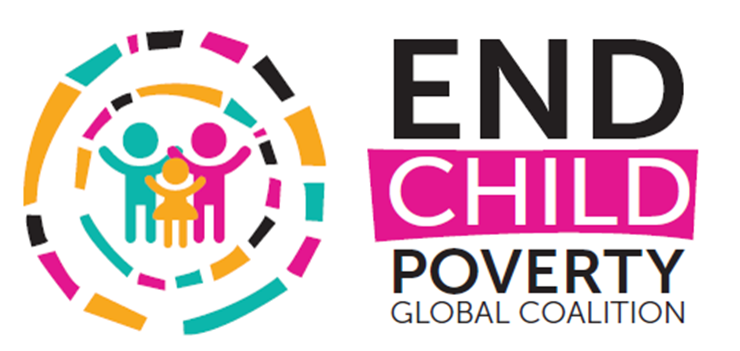‘Progress for Children’ report highlights lessons from the MDGs. It presents latest data that show while the MDGs helped drive tremendous advances in the lives of the world’s children, development efforts in the past 15 years failed to reach millions of the most disadvantaged. The report spotlights where the international community must now focus attention and action to reach the most vulnerable children and achieve sustainable growth.
NEW YORK, 23 June 2015 – The global community will fail millions of children if it does not focus on the most disadvantaged in its new 15-year development roadmap, UNICEF warned today.
Progress for Children: Beyond Averages, UNICEF’s final report on the child-related Millennium Development Goals, says that, despite significant achievements, unequal opportunities have left millions of children living in poverty, dying before they turn five, without schooling and suffering chronic malnutrition.
“The MDGs helped the world realize tremendous progress for children – but they also showed us how many children we are leaving behind,” said UNICEF Executive Director Anthony Lake. “The lives and futures of the most disadvantaged children matter – not only for their own sake, but for the sake of their families, their communities and their societies.”
Disparities within countries have left children from the poorest households twice as likely to die before their fifth birthday and far less likely to achieve minimum reading standards than children from the richest households.
The report highlights notable successes since 1990 in reducing child and maternal mortality and poverty, improving nutrition, and access to safe drinking water. Furthermore, the gaps between the poorest and the wealthiest are narrowing in more than half of the indicators UNICEF analysed.
The report also highlights the challenges ahead: Progress still eludes the nearly 6 million children who die every year before their fifth birthday, children account for nearly half of the world’s extreme poor, the 289,000 women who die every year while giving birth and the 58 million children who don’t go to primary school.
As world leaders prepare to adopt the Sustainable Development Goals, the most disadvantaged children should be at the heart of the new goals and targets, UNICEF said. Better data collection and disaggregation – going beyond averages such as those used to measure the MDGs – can help identify the most vulnerable and excluded children and where they live. Stronger local health, education and social protection systems can help more children to survive and thrive. And smarter investments tailored to the needs of the most vulnerable children can yield short and long-term benefits.
“The SDGs present an opportunity to apply the lessons we have learned and reach the children in greatest need – and shame on us if we don’t,” Lake said “For greater equity in opportunity for today’s children means less inequality and more global progress tomorrow.”

